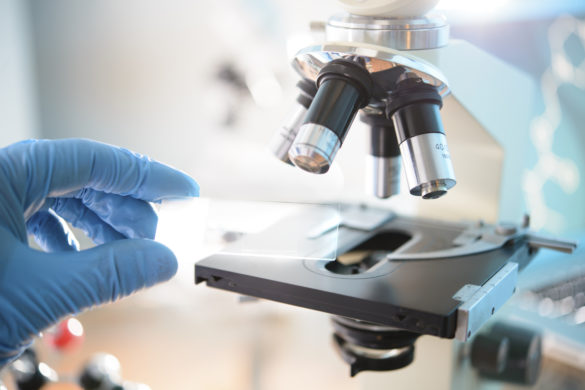Observational study: prospective longitudinal cohort (Green)
by EAN Dementia Panel
In this patient-led online research study, 3762 participants from 56 countries with confirmed (1020) or suspected (2742) COVID-19 were enrolled through COVID-19 support groups and social media. 93.2% were still experiencing symptoms after 28 days, referred as ‘Long COVID’. Prevalence of 203 symptoms in 10 biological systems and their impact on life, work and return to baseline function were assessed over 7 months. For >91% responders recovery time exceeded 35 weeks: those who recovered in <90 days had symptoms peaking at week 2, the ones who didn’t recover at month 2. Three symptoms’ Clusters emerged: symptoms in Cluster 1 peaked at week 2 (as cough, fever, sore throat, diarrhoea), in Cluster 2 were stable over time (as fatigue, shortness of breath, confusion, sleep disturbances, change of smell and taste), while in Cluster 3 they increased after 2 months (as skin rashes, constipation, tinnitus, brain fog, memory problems, post-exertional malaise). The most frequent symptoms after month 6 were fatigue (80%), post-exertional malaise (73.3%), and cognitive dysfunction (58.4%). Cognitive dysfunction was present in 85.1% of cases, with 86.2% of working respondents feeling unable to work. Long Covid causes heterogeneous multiorgan dysfunctions that could last >6 months, with profound impact on working ability.
Davis HE, Assaf GS, McCorkell L, Wei H, Low RJ, Re’em Y, Redfield S, Austin JP, Akrami A. Characterizing long COVID in an international cohort: 7 months of symptoms and their impact. EClinicalMedicine 2021 Aug;38:101019. doi: 10.1016/j.eclinm.2021.101019. Epub 2021 Jul 15.











